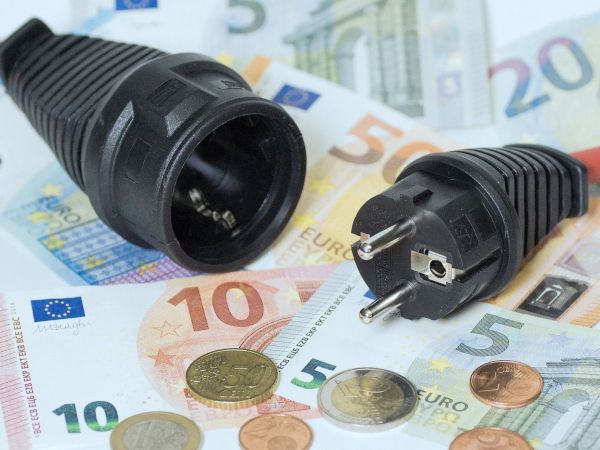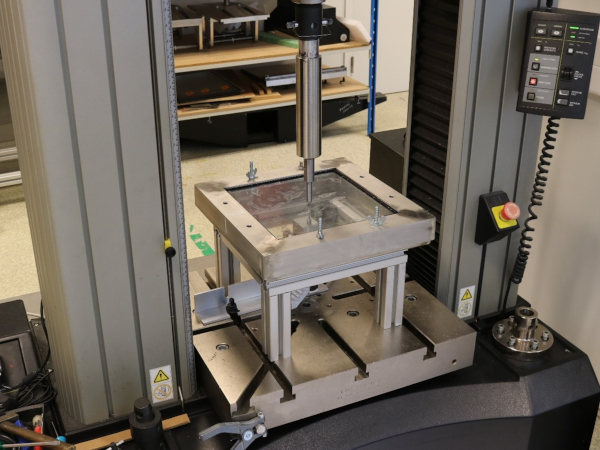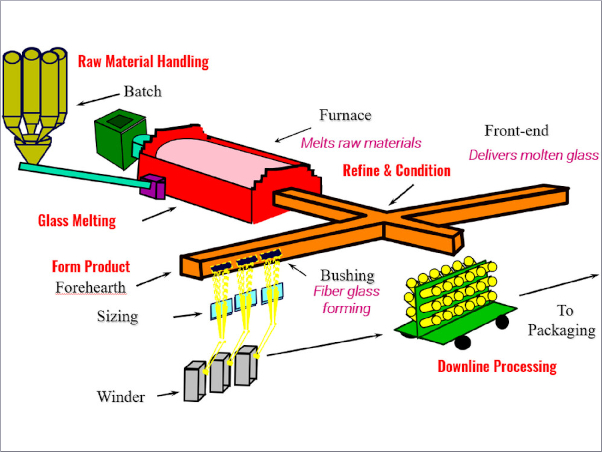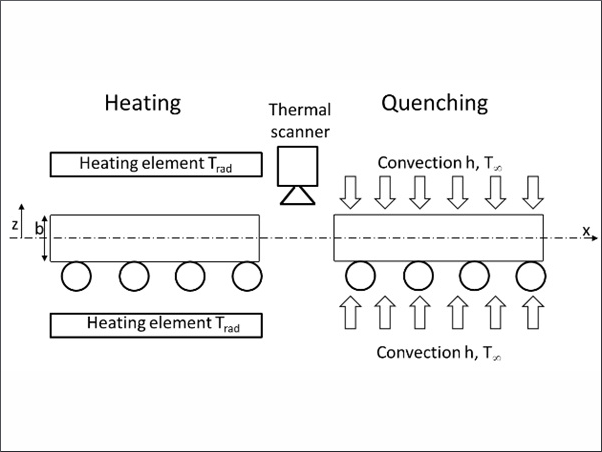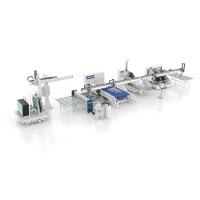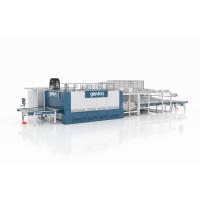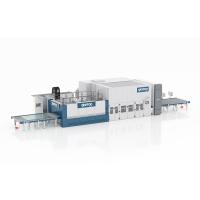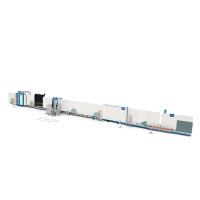Author: Riku Färm | Glaston
Source: glastory.net
Modern tempering technologies bring glass processors significant energy efficiencies. However, some tempering line manufacturers make energy-saving claims that sound too good to be true. Usually, these claims are just that – untrue.
Below are two claims I’ve come across recently. If you hear either of these, you can be sure you are being misled.
Claim #1: 4 mm glass tempering with energy consumption under 1.3 kWh/m²
Understanding what is physically possible can help you see through over-blown claims. The good news is that you don’t need to be a physicist to do so. Just remember the following equivalency: 1.9 kWh/m² for 4 mm glass.
Any claim to temper 4 mm glass with less energy than this is a clear sign of a scam.
Here’s an example of an actual claim made by one tempering line manufacturer:
- Glass thickness: 4 mm
- Production output: 102.4 m² per hour
- Energy consumption per hour: 130 kWh
-> Claim – Energy consumption: 1.27 kWh/m²
The problem is that heating glass from room temperature to 630 °C requires at least 1.9 kWh/m². This is the absolute minimum without any losses.
It doesn’t matter whether you are turning heaters on and off – or controlling convection based on where glass travels in the furnace. A 4 mm glass sheet will always absorb at least 1.9 kWh/m², regardless of how you heat.
Additionally, energy is always needed due to heat losses and for quenching and cooling, making it physically impossible to achieve a lower value in practice.
Claims like the one above contradict the laws of physics.
Actual consumption depends on glass thickness, loading efficiency and how well the process is optimized, but even under ideal conditions, 4 mm glass requires at least 2.5–3.0 kWh/m².
This blog provides some other valuable facts about your tempering line energy usage – and how to minimize it.
Claim #2: The assertion that the energy consumption of claim #1 has been proven
Seeing is believing, they say – but sometimes even this is misleading.
If you see something that contradicts the laws of physics, it cannot be true.
In this case of this claim, there are at least two possible reasons for inaccurate or misleading measurements:
1. Measuring only a single load in a preheated furnace
With proper recipe settings and if the furnace and its structures are already hot, a single glass load can indeed be heated with minimal additional energy. Under these circumstances, the furnace operates in its most energy-efficient state, making it the ideal moment for measurements.
This scenario creates an illusion of low energy consumption. Under actual production conditions, however, the furnace always needs to compensate for heat absorbed by the glass. To get an accurate picture, energy consumption should always be measured over a longer period.
2. Not accounting for compressed air
If the furnace uses compressed air, the energy needed for the compressor is often not measured or included in the total energy consumption. This can result in misleadingly low figures.
Empty promises?
Don’t get me wrong – today’s technology offers truly great energy-saving opportunities. However, watch out for misleading claims about low tempering line energy consumption. These promises may sound appealing, but decisions based on them will be disappointing.
Whether you are considering a completely new furnace or an energy-efficient upgrade, turn to a reputable tempering line manufacturer who can help you make an informed decision based on facts.
If you’d like to dive deeper into this topic, check out the links below.
- Glass tempering energy consumption video
- Glass tempering energy consumption: If the numbers look too good, they probably are
- Glass tempering energy consumption: how not to be misled by false data (Part 1/2)
- Glass tempering energy consumption: how not to be misled by false data (Part 2/2)
- 3 ways to reduce energy consumption in glass tempering
- Understand your tempering line energy consumption – then minimize it effectively
- The Volkswagens of the glass tempering business

